This post outlines the process for developing a sourdough grape starter using natural grapes from a local vineyard (or farmer’s market), and then using the starter to make sourdough bread in your bread machine.
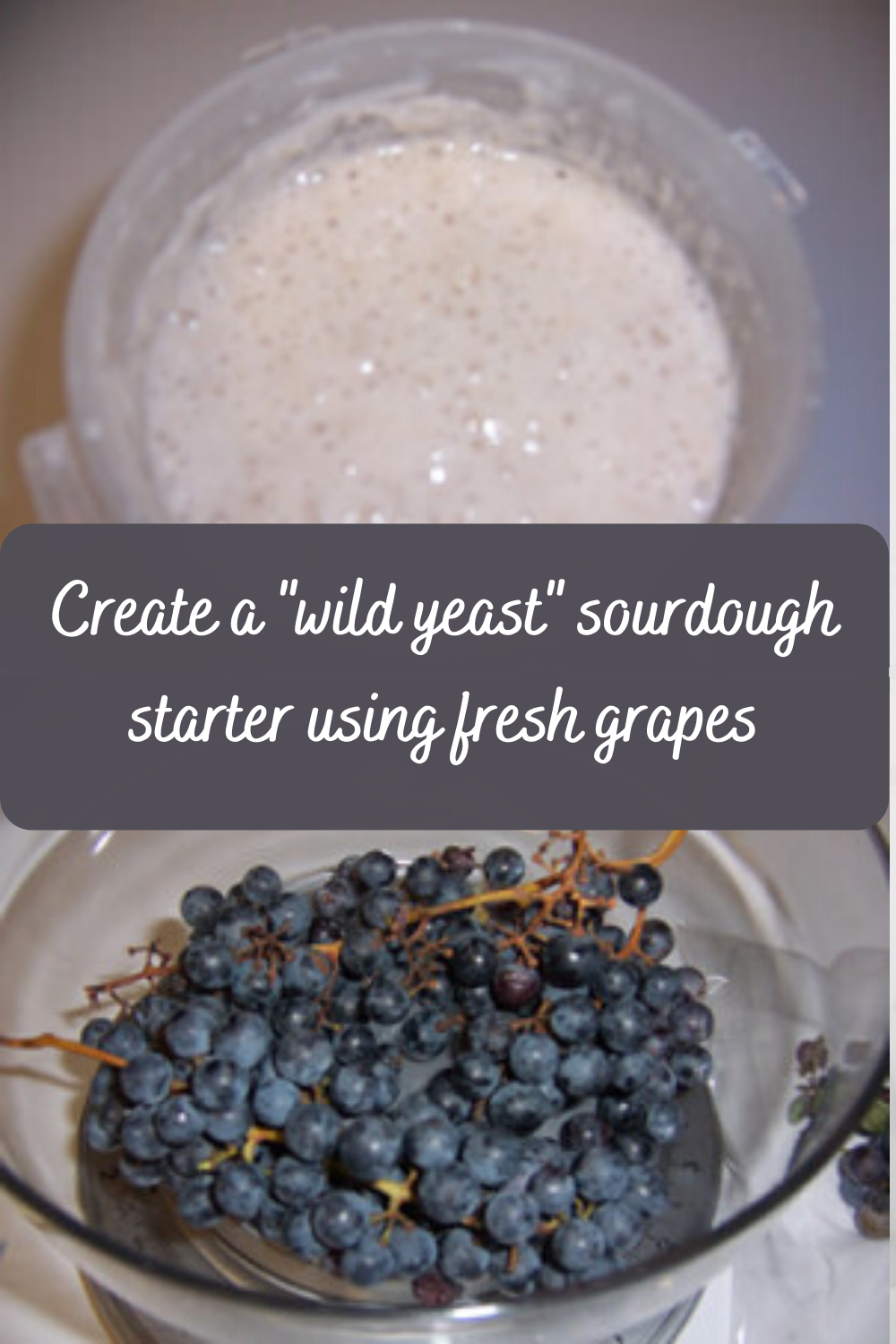
A few weeks ago, I went on a tour of a local winery. It was fun as well as educational.
Did you know that red wine is better for you than white wine because they use the whole grape and not just the juice?
When I heard that, it reminded me of the difference between whole wheat flour and white flour. Whole wheat flour utilizes the whole grain whereas white flour separates the bran and the germ.
Another similarity between making wine and bread is the fermentation process. When the wine maker started talking about the fermentation process for wine, I just smiled. Anyone who bakes bread on a regular basis is familiar with the fermentation process, particularly when you make bread using a starter.
I think the fermentation process is fascinating – whether it’s wine-making or bread making.
I was so inspired by the tour of the winery, I decided to try my hand at making a sourdough starter using wild grapes.
Natural Grape Sourdough Starter recipe
from Rustic European Breads from your Bread Machine by Linda West Eckhardt and Diana Collingwood Butts. They got the recipe from an old Oklahoma Dust Bowl cookbook.
- 1 1/2 cups/7.5 oz./210 grams organic unbleached bread flour
- 2 cups/16 oz./450 grams room temperature spring water
- 1/2 pound/8 oz./225 grams organic grapes on the stem, unwashed
Day 1:
In a medium-sized glass or plastic bowl, whisk together the bread flour and spring water until its lump free.
This is what the starter looks like before adding the grapes.
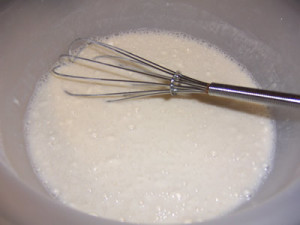
Submerge the grapes in the mixture
Cover with plastic wrap, and set aside in a warm room from 4 to 7 days. Feed the mixture every day with a few spoons of additional flour and water, keeping the ratio 3 parts flour to 4 parts water. Within a few hours the mixture will begin to bubble and expand.
The starter is ready to use once the aroma is tangy and the taste is sweet and sour all at once, usually on about the third day.
Day 2: Starter after being fed on Day 2. It still needs to sit for another day or so.
Note: If the starter just lies there after a couple of days, heavy and lifeless, throw away most of it and feed it again with 1/2 cup flour and 2/3 cup water. Let is sit for about 12 hours, and look to see if it’s started bubbling again. If it’s still dead, throw it out and start over.Day 3: Here is the starter at the beginning of Day 3.
It didn’t look to bubbly so I let it rest a little while longer.
Once you have a lively homemade grape starter, strain out and discard the grapes. Then, transfer the starter to a clean glass jar, cover, and refrigerate.
It’s very bubbly although it’s hard to see in this photo.
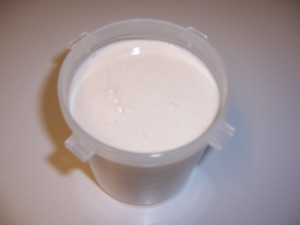
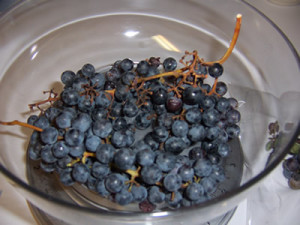
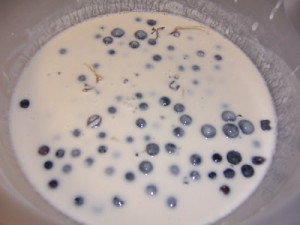
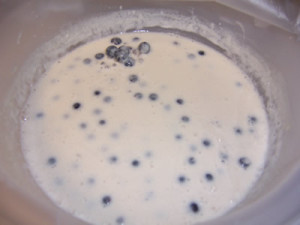
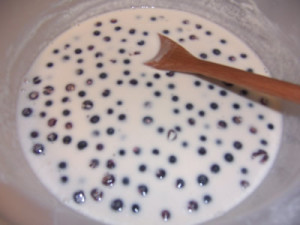
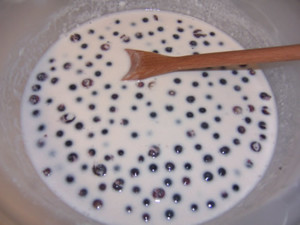
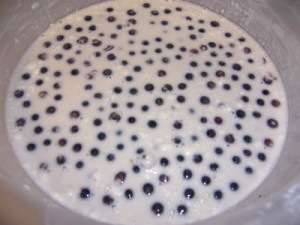
Leave a Reply